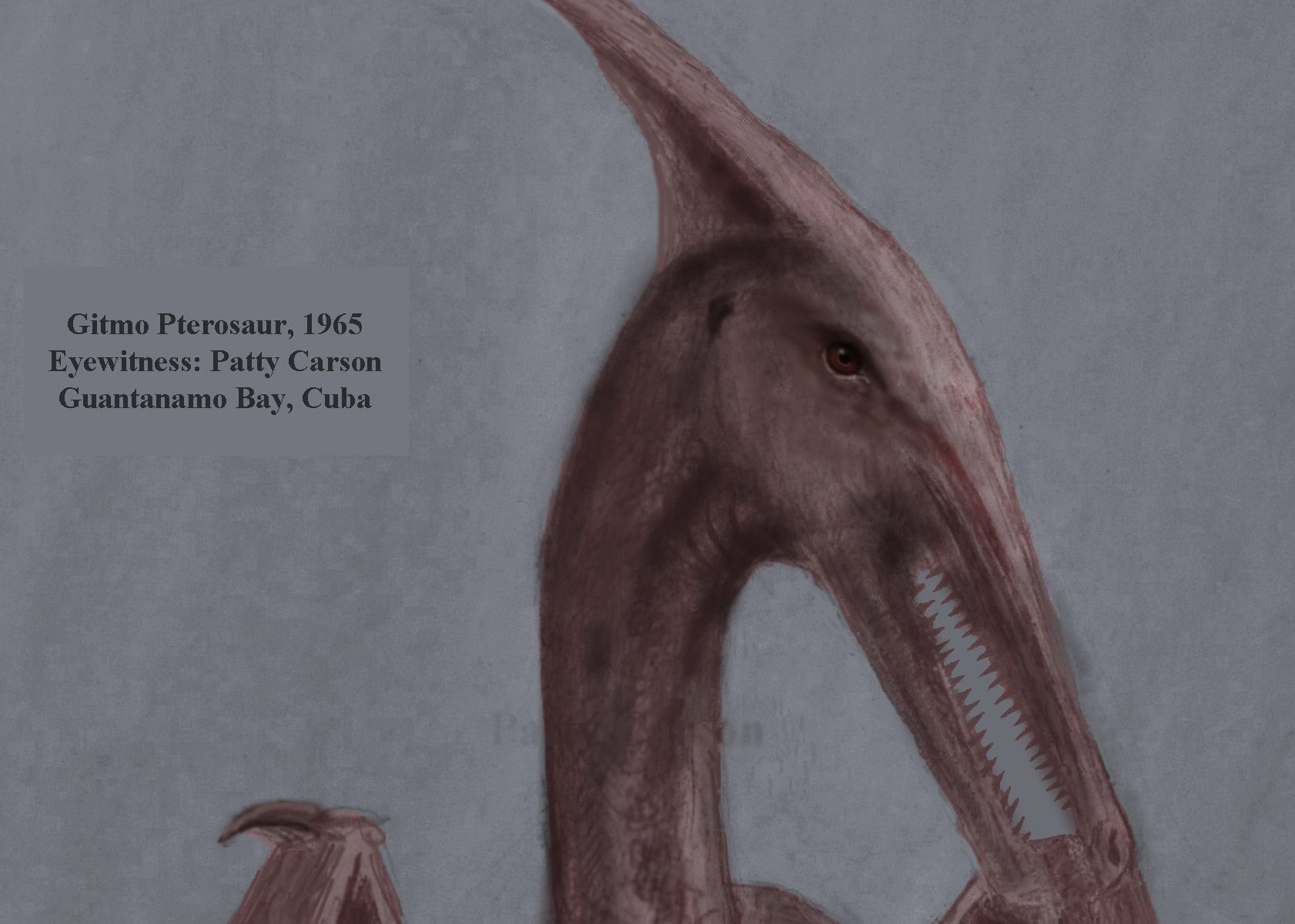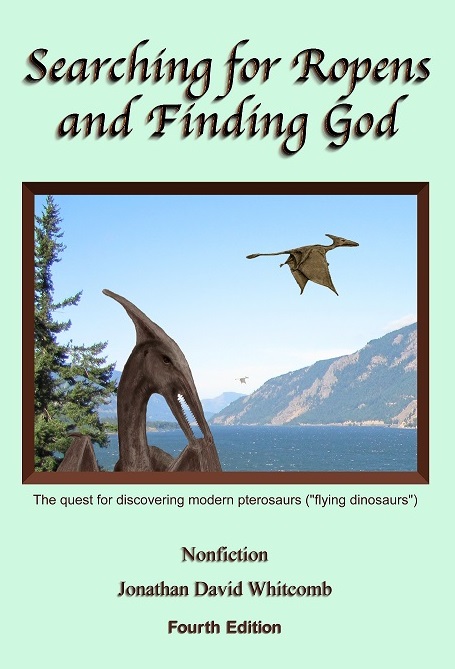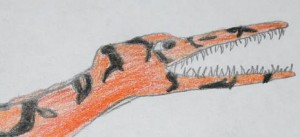By investigative journalist Jonathan Whitcomb
(to report a sighting of a modern pterosaur)
As of September 28, 2020, my Youtube channel Protect Animal Life has 91 videos, 89 of them about sightings of modern “pterodactyls” (the correct word for these featherless flying creatures is pterosaur). I think I can understand some of the reasons many Westerners find it strange, at first glance: Some people believe that not all “flying dinosaurs” are extinct. Feel free to watch the following three videos:
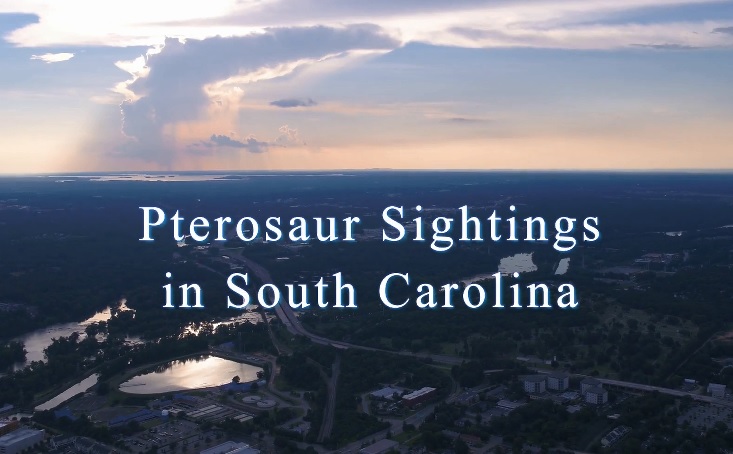
Pterosaur Sightings in South Carolina
As of September 28, 2020, this is the most popular video on this Youtube channel, in terms of number of views. The second sighting featured is by Susan Wooten, and here is part of what she testified about her encounter:
It looked as big as any car and had NO feathers.
***
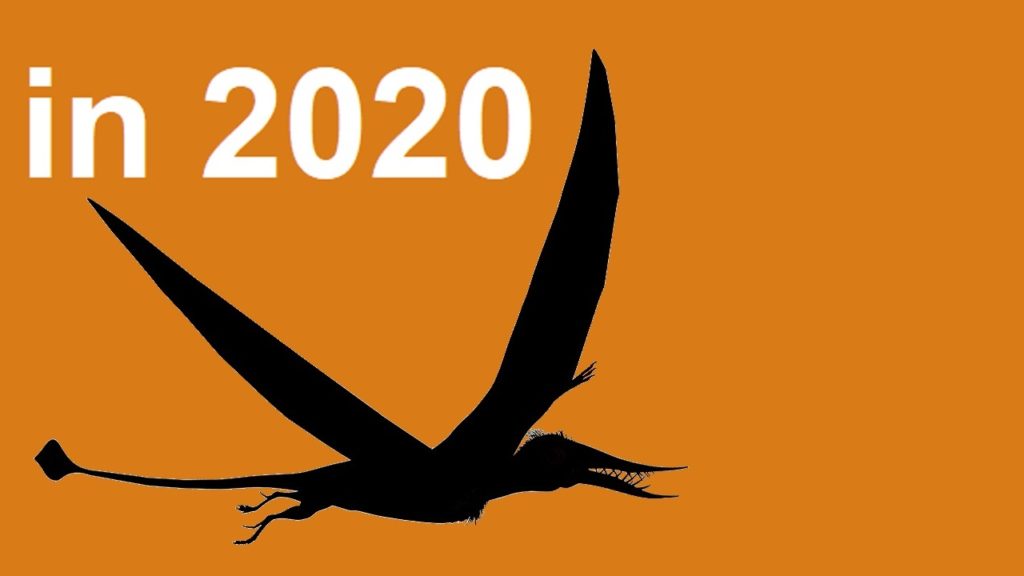
Less than three minutes long, this mini-documentary featured only two sightings, but both of them are in the year 2020: in Manitoba, Canada, (not far from Lake Winnepeg) and in North Carolina.
Here is part of what the eyewitness said in North Carolina:
I recently saw something that has blown my mind. After a week of people thinking I’m crazy . . . I have located your contact info . . . decided to write you in regards to a recent [sighting] in the foothills of North Carolina. I saw some type of flying creature in [the] sky on the evening of 8/28/2020. At first glance I thought it was a bat. As it got closer I assumed it was a drone. Then the creature turned in mid-air . . . expanding its wings as it [started] ascending higher. It was then that I realized . . . this was not a low-flying bat nor drone but something much larger.
***
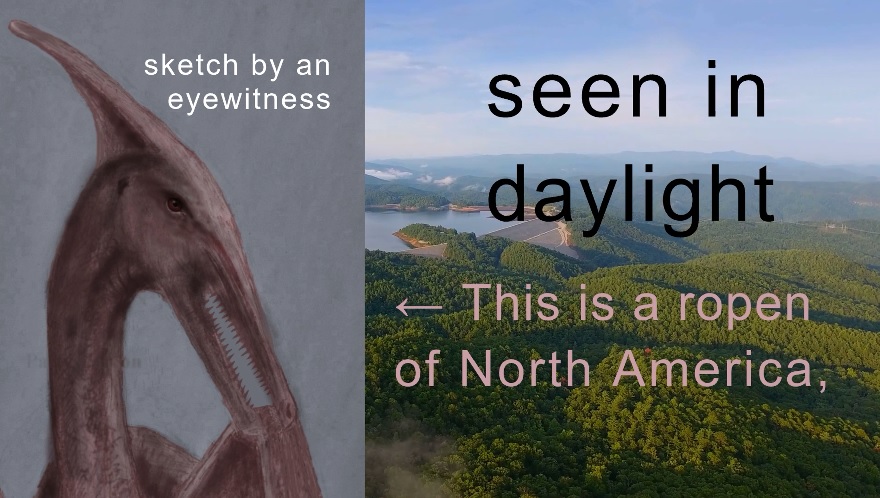
A nocturnal flying creature sometimes is seen in daylight; why?
###
.
Video on Pterosaur Sightings in South Carolina
I uploaded this short video to my Youtube channel Protect Animal Life on January 6, 2020, and it was doing better than average up until about August 26th of that year. From August 27-28, however, it skyrocketed . . .
.
North Carolina Pterodactyl Sightings
For the past 16 years, I’ve been an independent investigative journalist, concentrating mostly on eyewitness reports of what many people call a ‘pterodactyl’ or ‘dinosaur bird’ or ‘dragon’.
.
I don’t mean to imply that people should rely mainly on Youtube videos for information about living pterosaurs. You’ll learn much more from reading one or more of my nonfiction books on these amazing flying creatures. I also recommend online press releases about modern pterosaurs or one or more of the scientific papers that my associates and I have written.
.
Pterodactyls in South Carolina
Look not to a biology professor at a university, if you should be one of the lucky ones who has seen an apparent living pterosaur in states like South Carolina, Georgia, Virginia, or North Carolina (or any other state or country). Contact me to report the flying creature you encountered.
.
A modern pterosaur!? How could it be? Extraordinary but true, huge flying creatures, with no feathers yet unlike any bat, live among us, although they mostly fly at night. In Papua New Guinea, on Umboi Island, the giant long-tailed pterosaur is called “ropen,” although it has other names elsewhere.
.
I’m a passionate investigator of reports of living pterosaurs throughout the world. I explored part of Umboi Island, Papua New Guinea, in 2004, interviewing many natives who had seen the ropen. [author Jonathan Whitcomb]
.
Living Pterosaur Cryptozoology
Next year will be the 50th anniversary of two sightings of ropens: at Guantanamo Bay, Cuba, and on Bougainville Island, New Guinea, both in daylight in 1971.
.

